Even with the most advanced technologies the world has ever seen and millions of scientists and researchers working constantly to understand our planet and its rich history, there are still many mysteries that humans can’t seem to figure out.
One of which is the puzzle of the lost continent of Mu. Some scientists believe not only that this continent once existed but that the ancient humans who lived there may have created many of the incredible archaeological sites we admire around the world.
The Scientist Who Discovered the Lost Continent of Mu
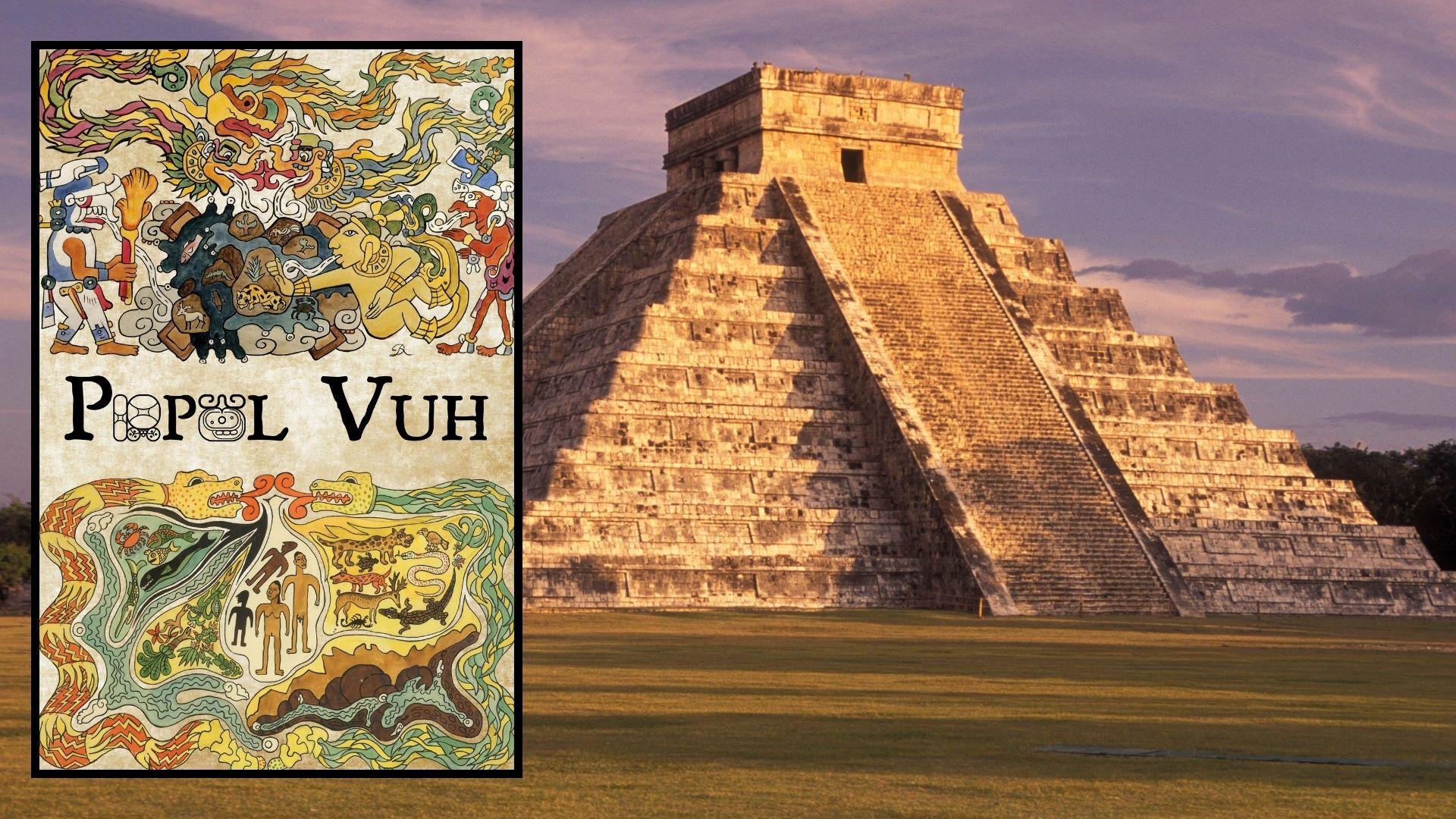
In the late 1800s, a British-American travel writer by the name of Augustus Le Plongeon declared that he believed in a lost continent that once sat in the middle of the Pacific Ocean.
Le Plongeon was a pioneer in Maya studies, the ancient culture of what is now Central America. He claimed that the Mayans’ sacred book, the Popol Vuh, explained that their people immigrated from the land of Mu after a natural disaster destroyed the landmass.
What Is the Popol Vuh?
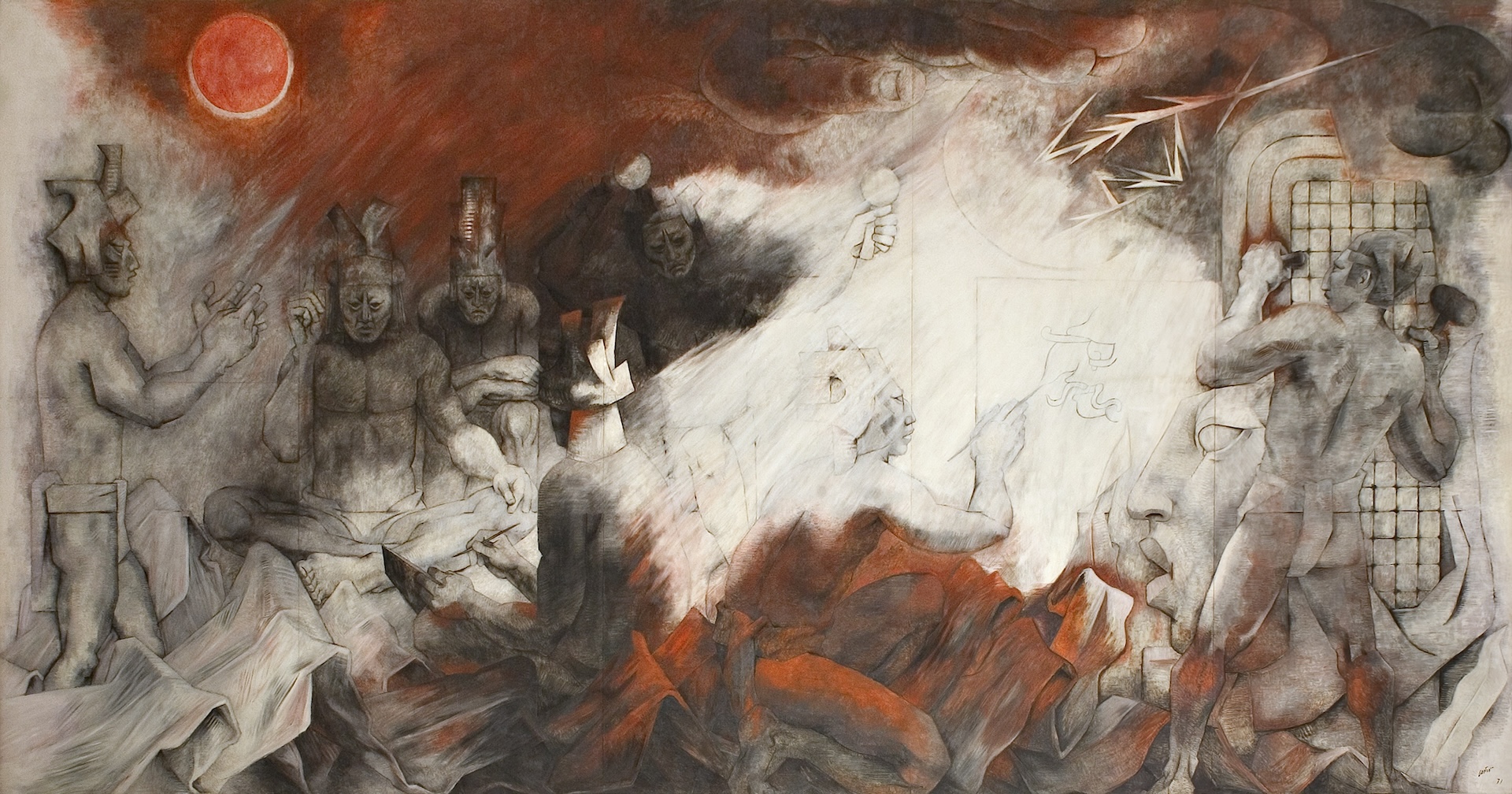
The Popol Vuh is a text recounting the mythology and history of the K’iche’ people of Guatemala, a group that was part of the Maya people. The Maya established the foundational sacred narrative long before the Spanish conquest.
Spanish Dominican friar Francisco Ximenez orally passed the information until he wrote it down around 1550. The text includes the Mayan creation myth and the history of the K’iche’ people.
The Ancient Civilization That Populated the World
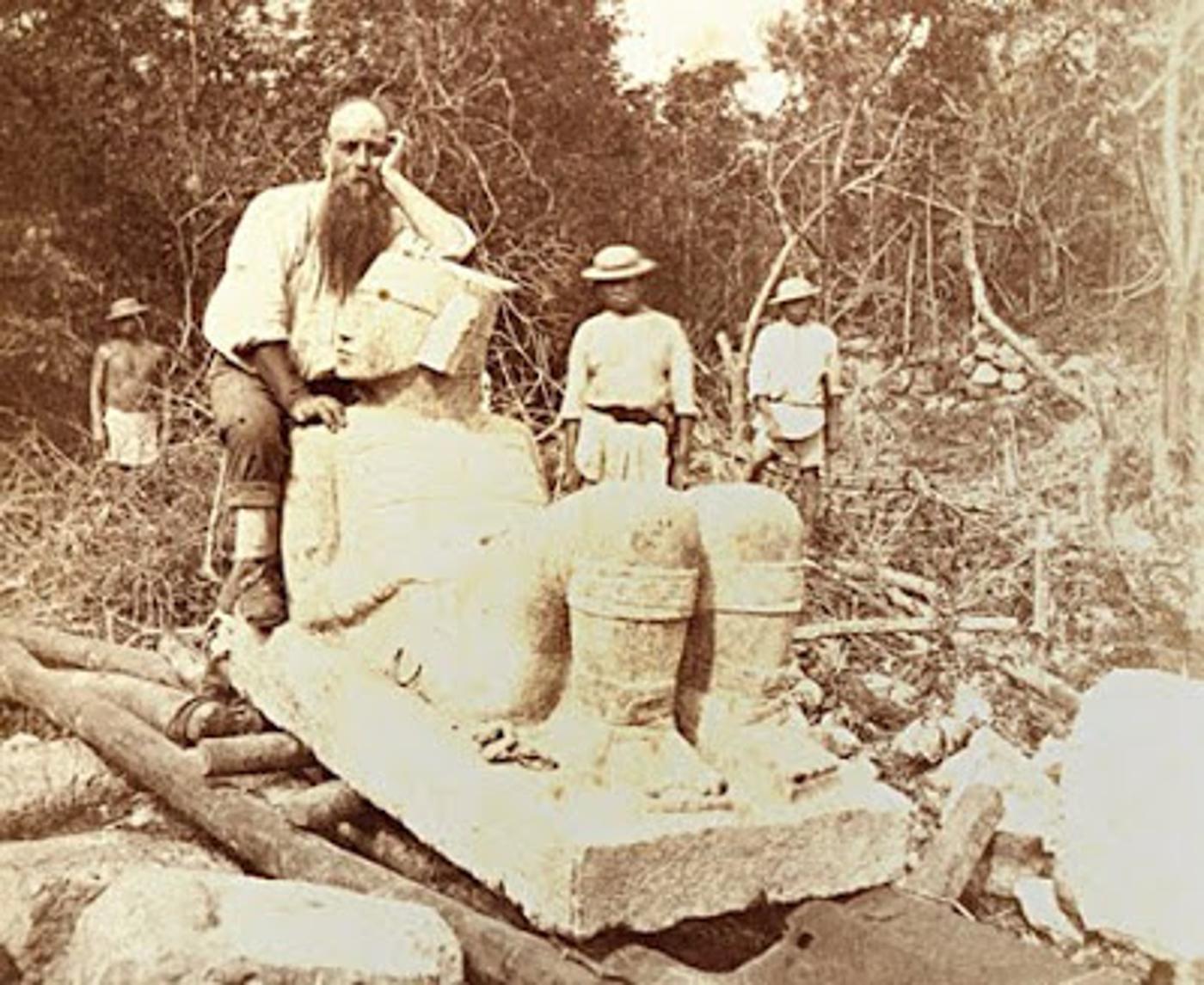
The researcher explained that, through his translation of the Popol Vuh, he was able to deduce that the people who once lived on the continent of Mu were not only the original ancestors of the Maya but also the Egyptians.
He said that the sacred book mentioned a woman named “Queen Moo,” who founded the civilization that was later known as Egypt.
James Churchward Expanded Upon the Continent of Mu Theory
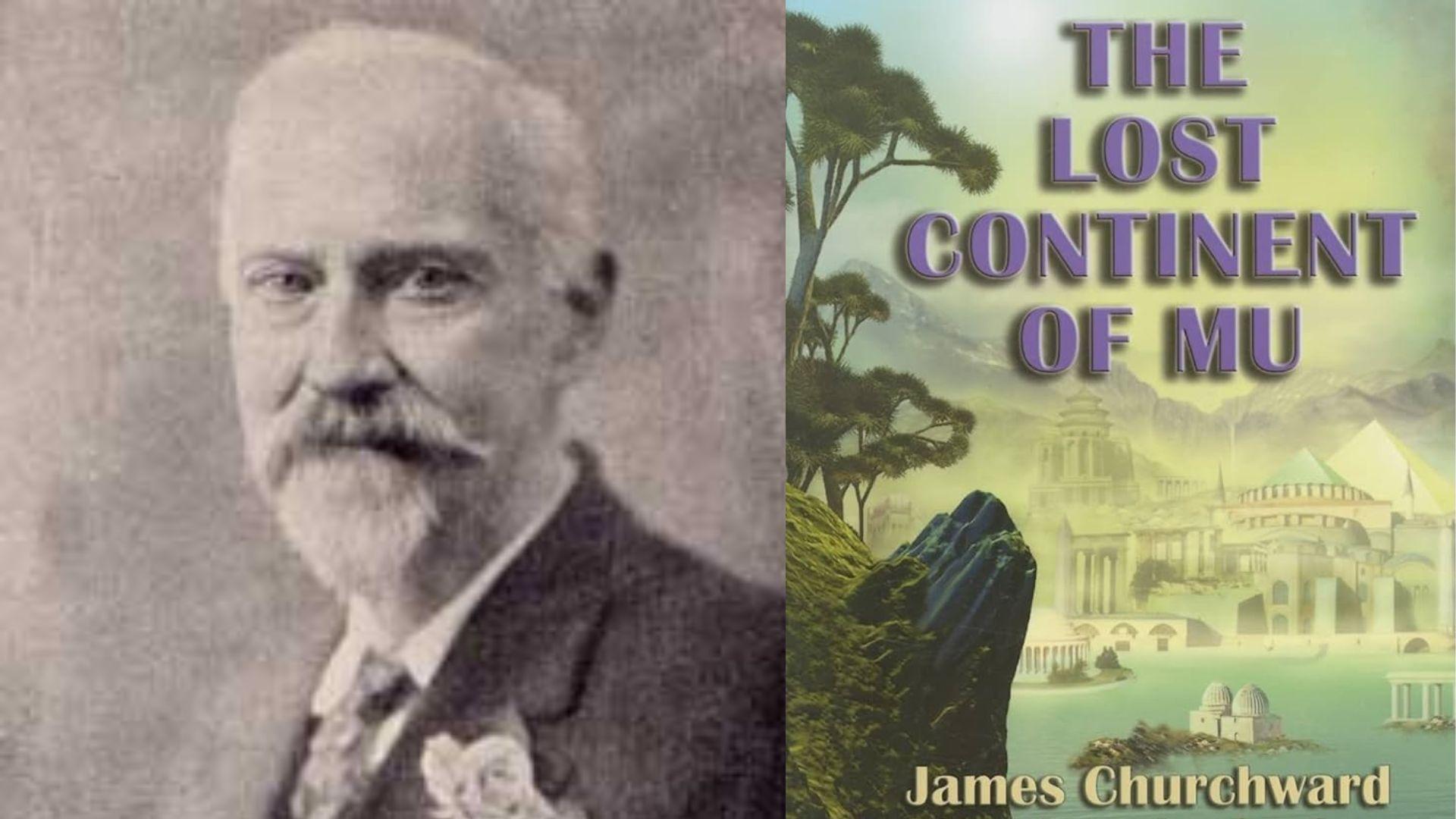
Not everyone agreed with Le Plongeon’s theory. However, his friend James Churchward, a writer from Scotland, was absolutely convinced. Churchward became obsessed with the lost land of Mu and went on to write a series of books throughout the 1920s and 1930s on the subject.
In addition to Le Plongeon’s supposed evidence, Churchward collected his own information while traveling the world, including clay tablets he found in India.
Finding Evidence of a Naga-Maya Language
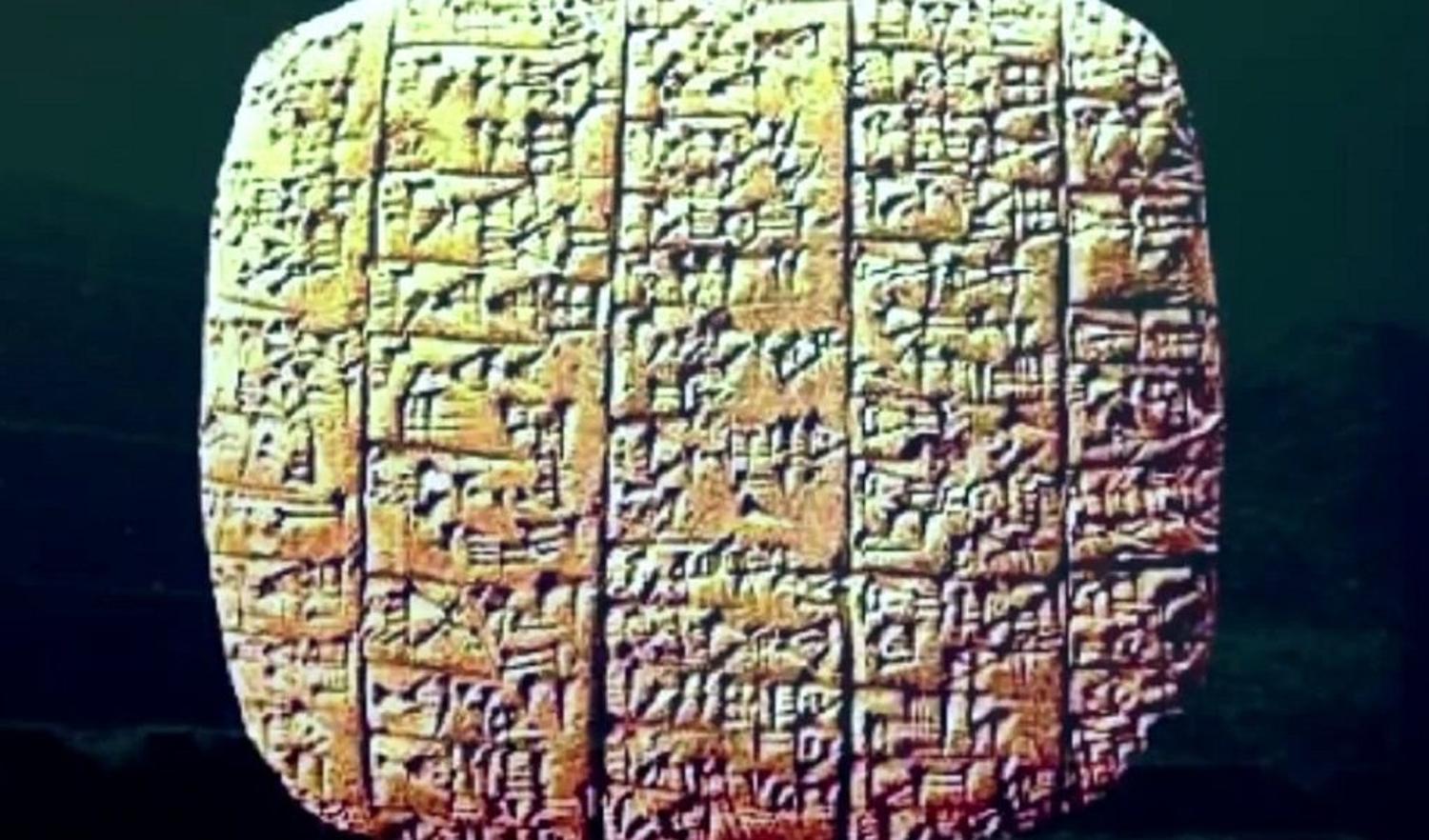
On one of his many expeditions, Churchward befriended a high-ranking priest in India. This priest showed Churchward a set of ancient clay tablets with visible text that only three people in the entire country could read.
Churchward and the priest believed that the text on what they called the Naacal tablets was written in the long-lost “Naga-Maya” language, which they hypothesized originated on the continent of Mu.
Translating the Tablets Confirmed Churchward’s Theory

After painstakingly translating the tablets, Churchward announced that he had concrete evidence that Mu absolutely existed.
He also declared that the clay tablets depicted the geographical and population details his friend Le Plongeon had never found, as well as what had happened to the landmass and its many inhabitants.
The Geography of the Lost Continent of Mu
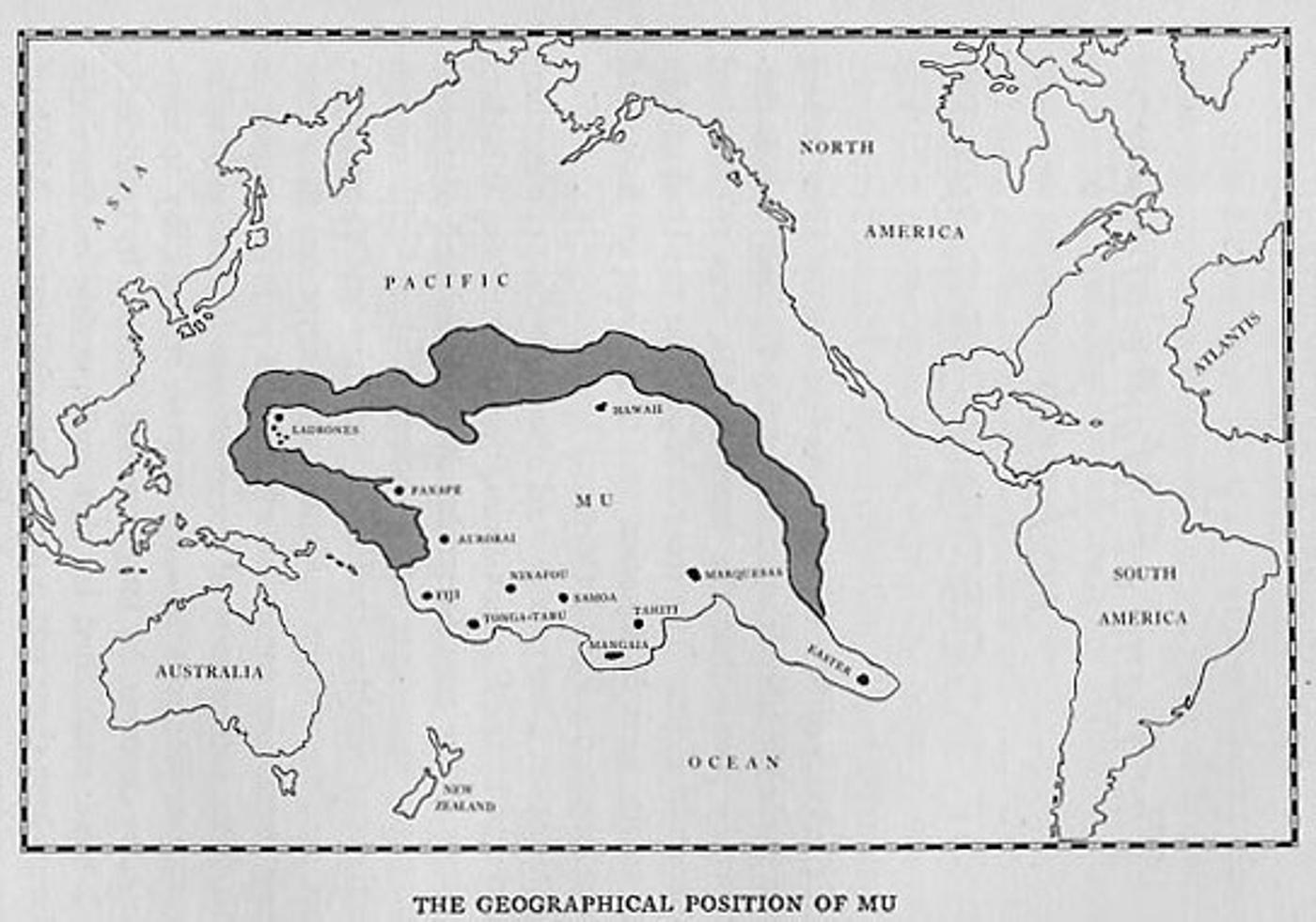
Churchward explained that the lost continent of Mu, sometimes called Lemuria, was a giant landmass that sat in the middle of what is now the Pacific Ocean somewhere between 12,000 and 50,000 years ago.
He said the continent would have stretched from Hawaii north toward Easter Island, southeast toward Australia, and northeast Southeast Asia. Churchward believed it could have covered 5,000 miles from east to west and over 3,000 miles from north to south.
Some 64 Million People Could Have Lived on Mu

According to the tablets, they were inscribed by a person living in “the place where [man] first appeared—Mu.” The text also explained that at its height, around 64 million people were living on the giant island.
At almost double the size of the United States, the lost continent of Mu would certainly have had space for such an expansive population, and it’s impossible to know whether they lived in city-like metropolises or rural villages, but Churchward was utterly convinced they did live there.
What Happened to the Lost Continent of Mu?
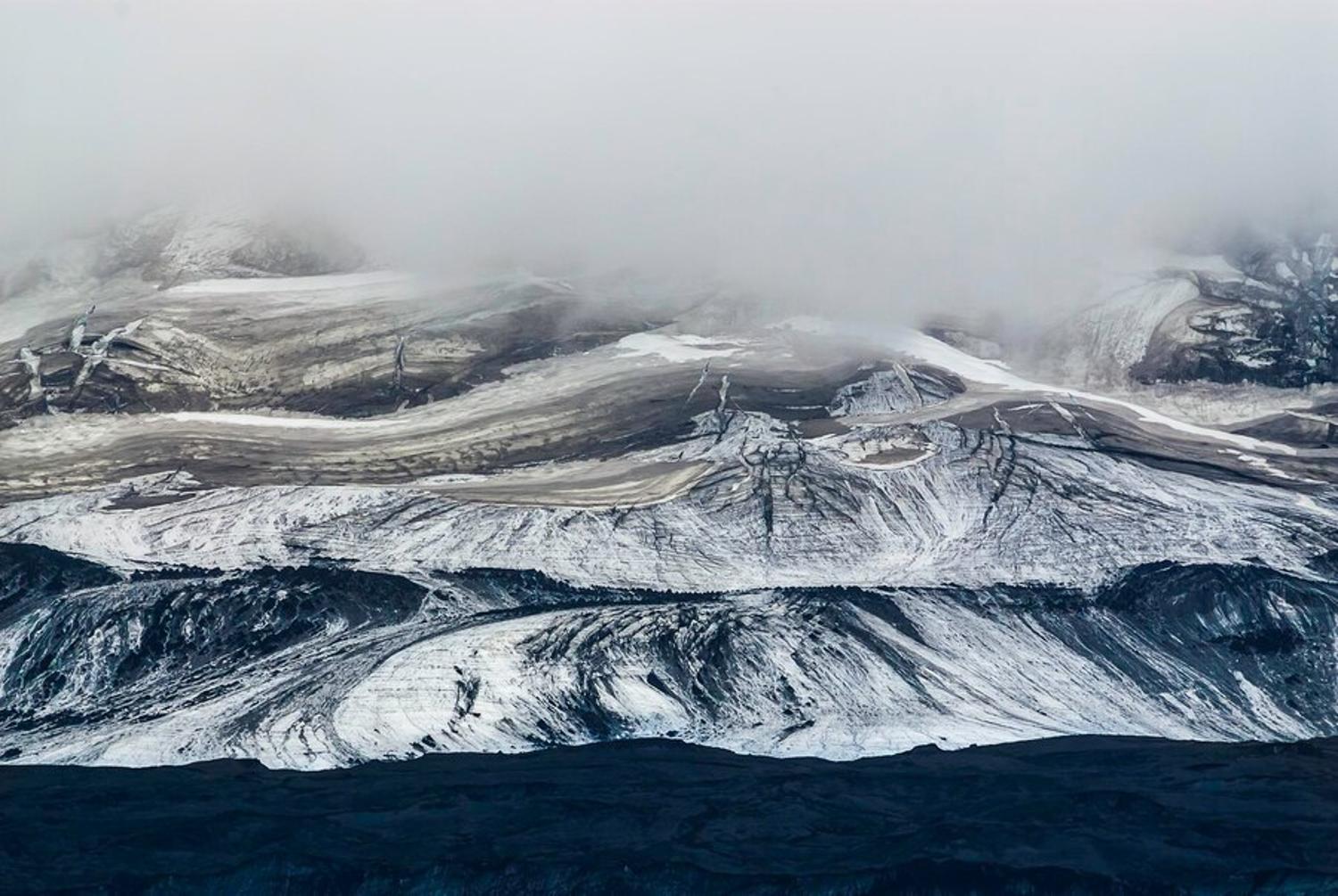
After hearing about Mu’s enormous size and extremely large population, the next question will always be: What happened to the continent of Mu?
Churchward reports that the tablets explain the end of Mu well; the text says, “[Mu] was completely obliterated in almost a single night. The broken land fell into that great abyss of fire [and was covered] by fifty million square miles of water.”
An Island Made of Granite Sank During a Natural Disaster
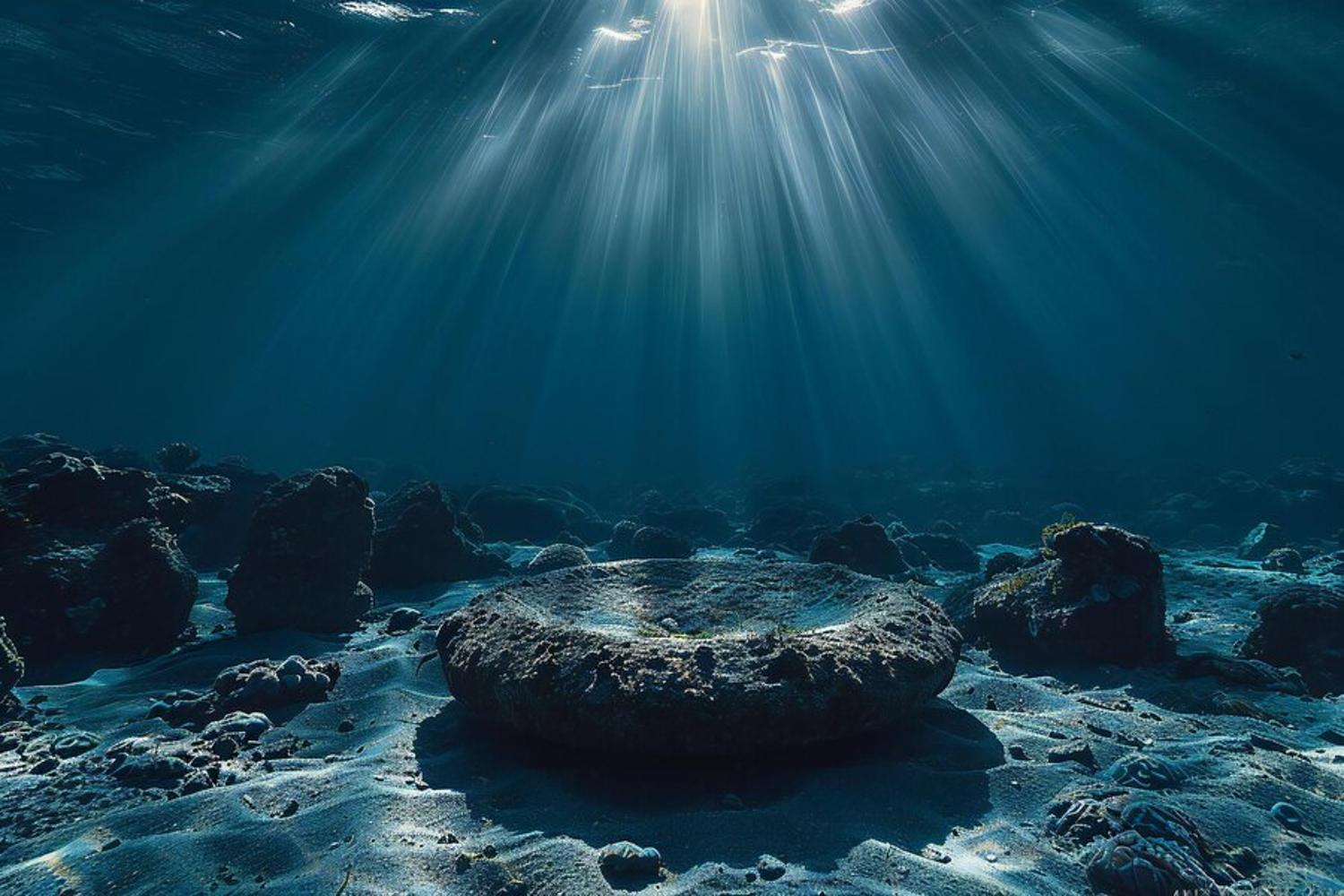
According to Churchward, the island of Mu was mostly made of granite, so when extensive volcanic eruptions sent explosive gasses into the honeycomb-style structure of the rock, the entire continent crumbled below and sank to the bottom of the sea.
Because the continent and all of its inhabitants were destroyed almost instantly, Churchward argues that only the very few people who had previously left Mu and traveled to Mesoamerica or Egypt were left to tell the tale of Mu.
Is There Any Physical Evidence for the Continent of Mu?
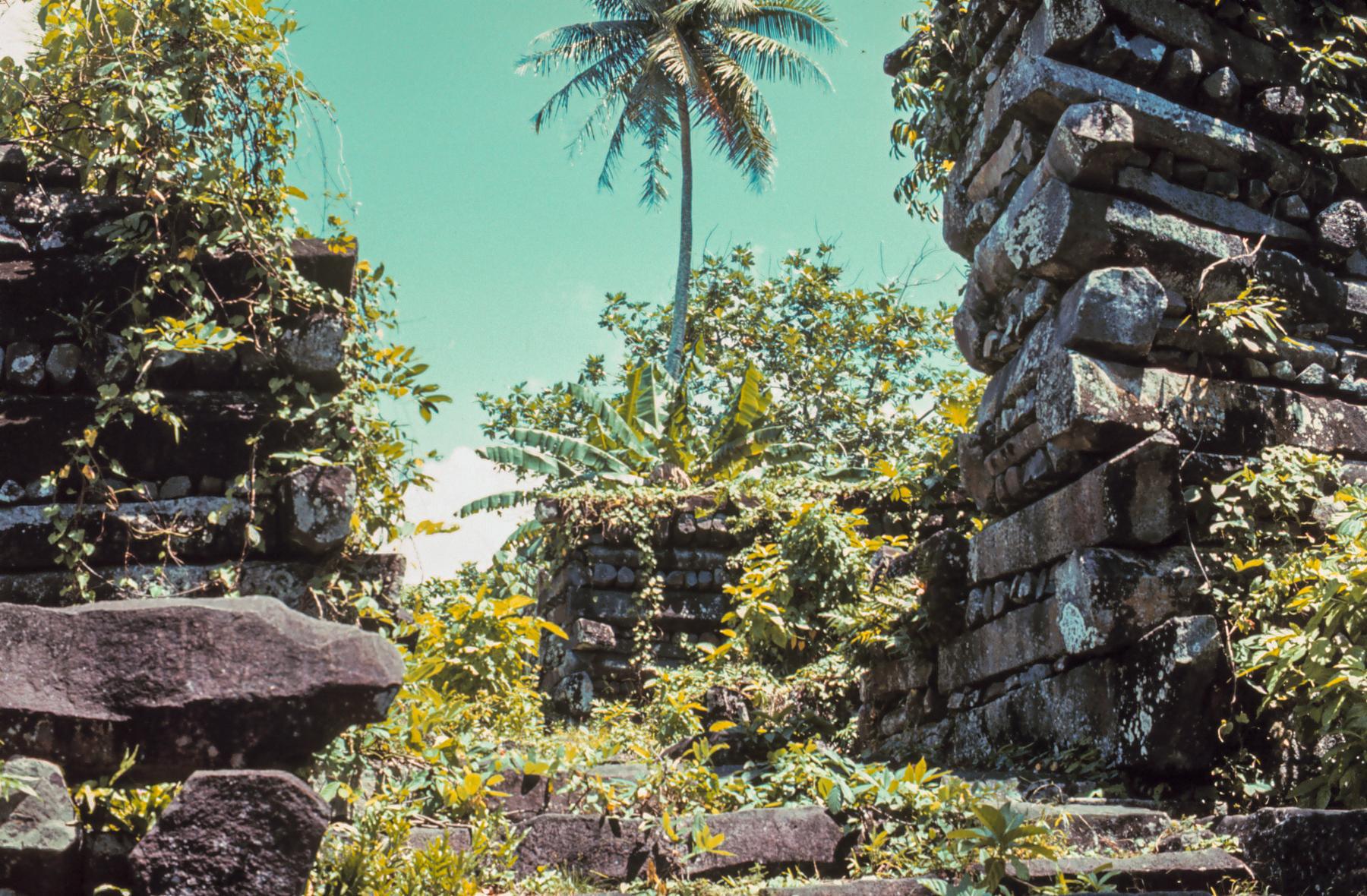
While incredibly interesting, the so-called evidence that both Le Plongeon and Churchward have presented is circumstantial at best. So far, no tangible evidence of the lost continent of Mu has been found.
Some say that Nan Madol ruins in Micronesia, which is an exceptionally complex set of human-made stone islands that float on the water, are an example of the Mu people and their ingenuity. But that’s only a theory because no one truly knows who built Nan Madol.
Researchers Will Continue to Search to Prove This Myth True
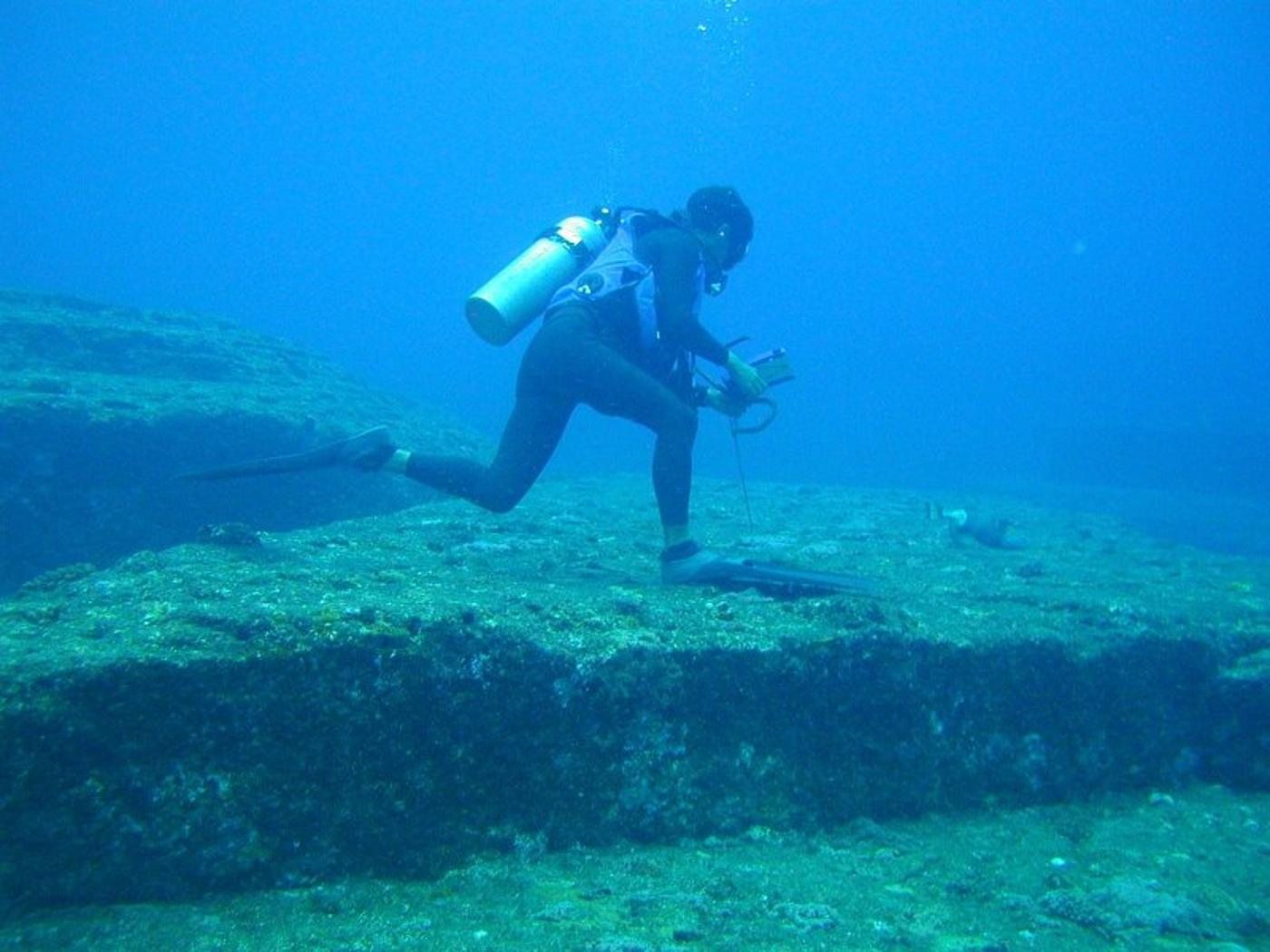
Although some people have completely dismissed the theory of the lost continent of Mu, others believe that Churchward and Le Plongeon were right and have now dedicated themselves to finding the evidence to prove it.
In fact, some researchers believe they’ve already found at least part of the island of Mu on the floor of the Indian Ocean. However, they will have to find a great deal more before the entire world believes this wild story.
The Lost City

Rumors of the lost continent of Lemuria plunging deep into the depths of the sea after a cataclysmic event near the end of the Ice Age might remind you of another fabled lost civilization: Atlantis.
While not all of the continent served being plunged into “that great abyss of fire” as Churchward says, what remained was covered by “fifty millions of square miles of water.” However, evidence of Atlantis has not been discovered.
Looking at the Structures of a Lost Civilization
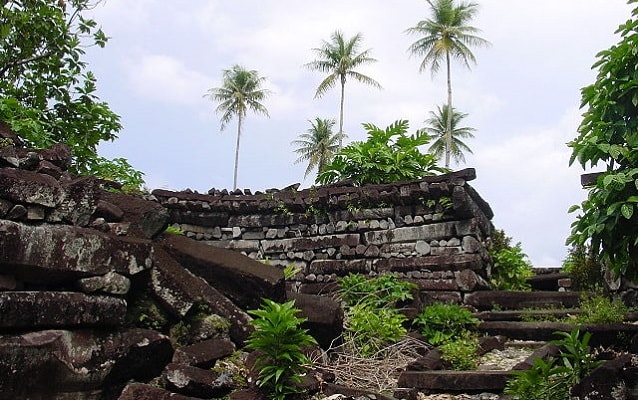
While no evidence of Mu has been found on the ocean floor, devotees to the Mu theory believe that a tiny remnant of Nascaal culture can still be found today.
Many point to the Nan Madol ruins in Micronesia, which are incredible man-made stone islands that float above a submerged coral reef. No one knows who constructed these floating islands.
Mu Could Still Exist

One legend states that “master builders” mysteriously appeared and used a magical power to lift the blocks into place, making them seem as if they could levitate.
As a result, some believe that the structure, as the last remaining piece of Mu above water, provides a glimpse into the capabilities of this ancient civilization.
A Theory to Prove Mu’s Existence

However, there could be evidence that supports the theory of Mu’s existence. In a study published in the journal “Nature Communications,” researchers found samples of volcanic rock zircon that date back to 3 billion years ago.
This rock could provide evidence to support that researchers have found an underwater continent.
Discovery of the Past in the Present
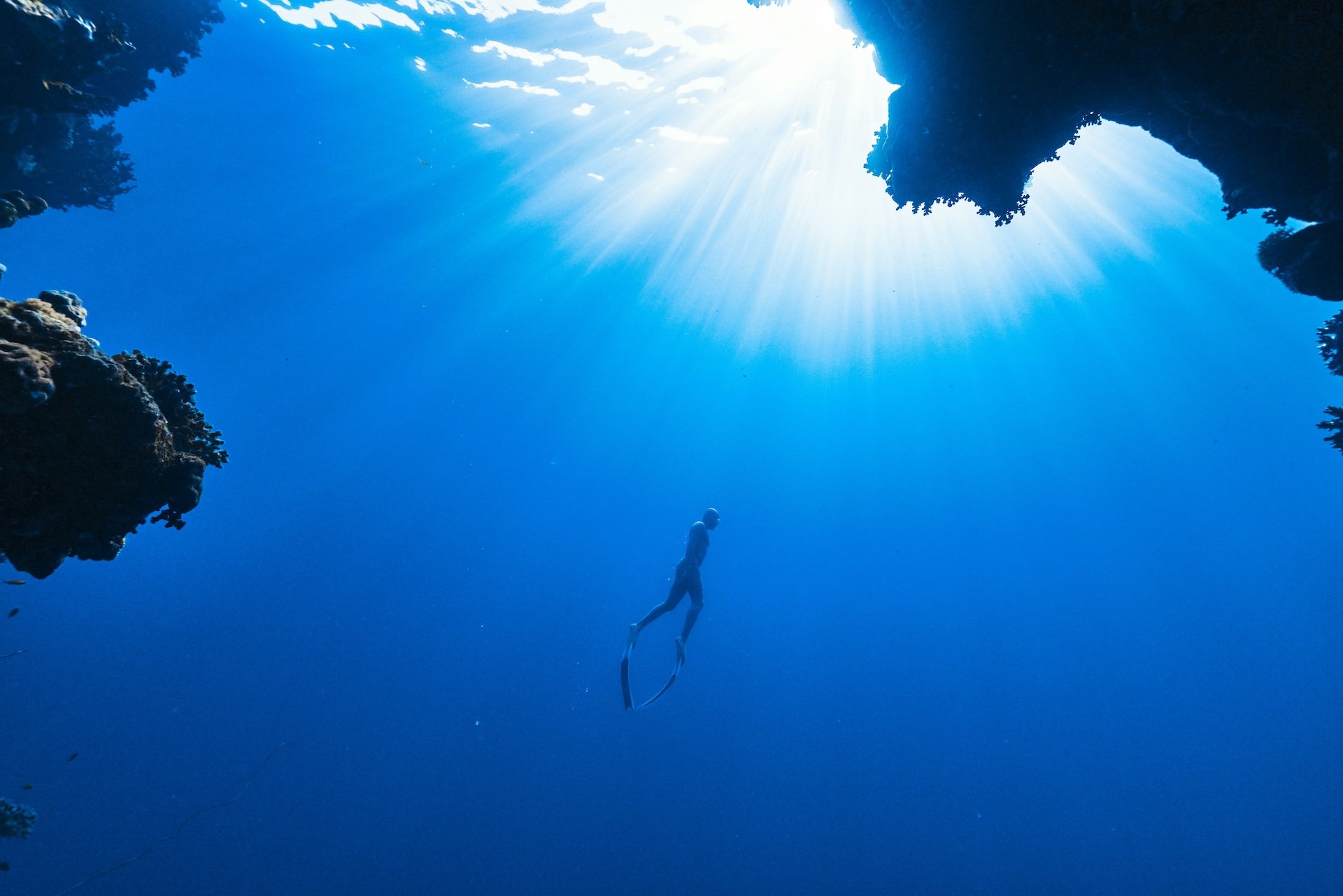
Researchers of the study found zircon in solid rock, countering criticism of the initial research that suggested the mineral might have washed ashore from an existing continent.
According to Lewis Ashwal, the study’s author, “there are likely many pieces of undiscovered continent,” all part of the landmass known as Mauritia.
Evidence In Mauritius
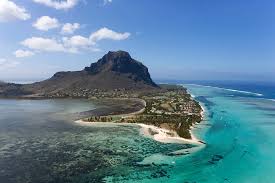
Scientists believe that cooling lava from undersea volcanoes formed Mauritius, located about 1,200 miles off the coast of Africa. They concluded that older minerals originated from a landmass that vanished long ago. However, tiny bits were dragged up to the surface during the formation of Mauritius.
“When lavas moved through continental material on the way towards the surface, they picked up a few rocks containing zircon,” study co-author Bjørn Jamtveit, a geologist at the University of Oslo in Norway, explained in an email to National Geographic.
Looking Under an Island
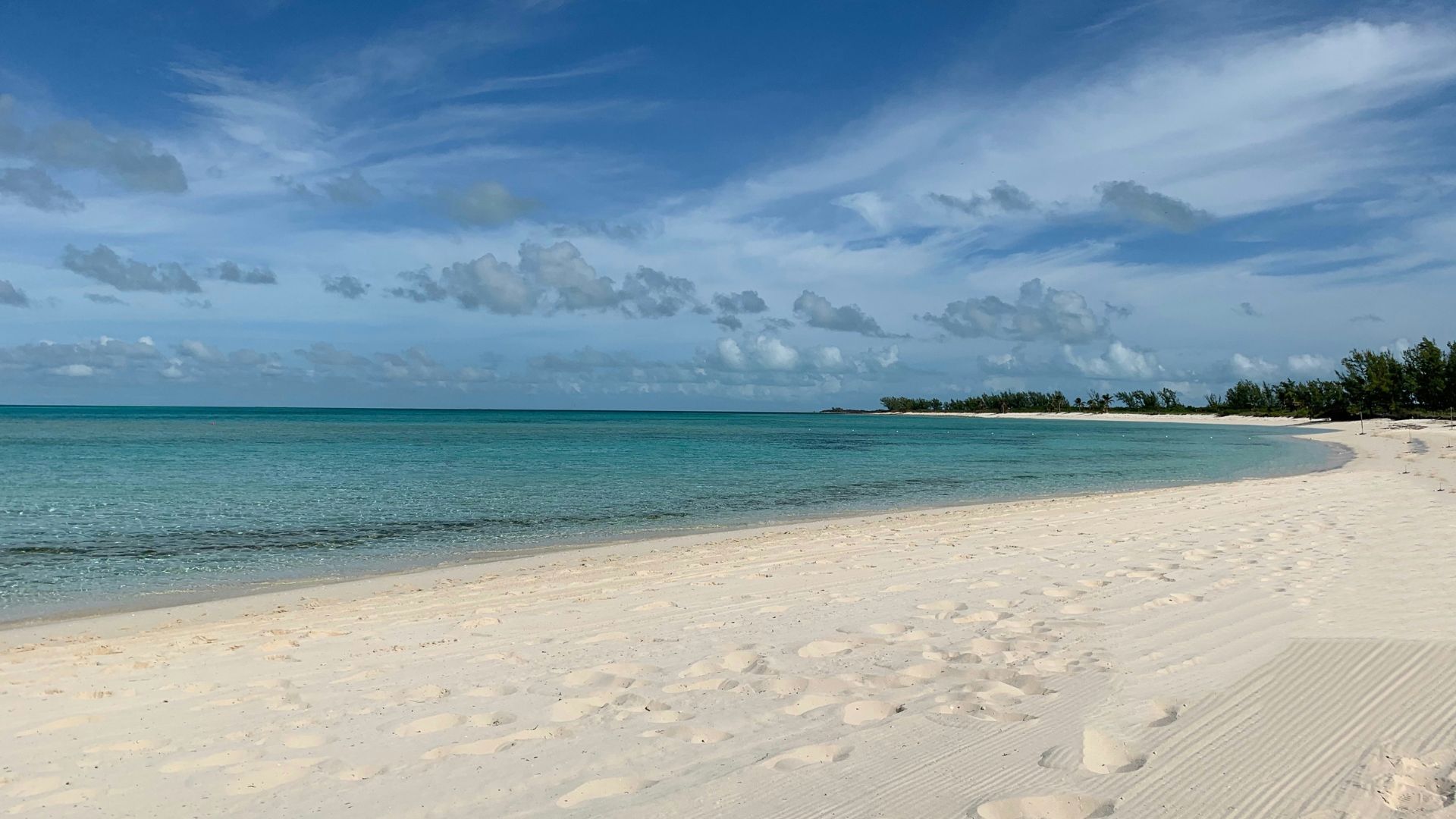
Jamtveit and his colleagues suggested that the lost microcontinent, which they dubbed Mauritia, was about a quarter of the size of Madagascar. Their study also suggested that the microcontinent may have been part of a much larger “supercontinent.”
Rodinia, the supercontinent, may have included modern-day India and Madagascar.
A Similar Demise
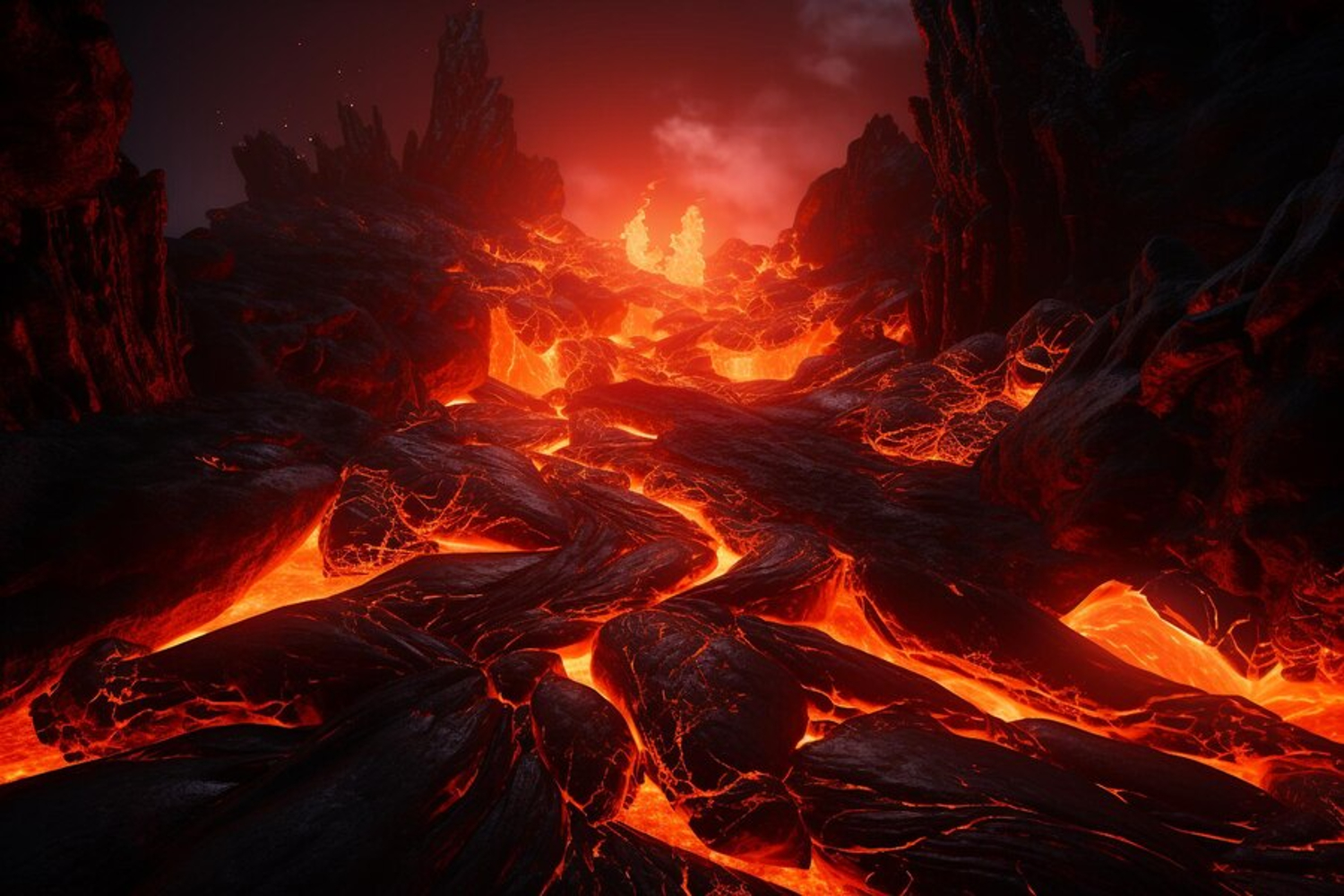
Mauritia eventually suffered a death that echos Mu’s demise. Natural disasters caused India to break apart from Madagascar about 85 million years ago. Waves eventually consumed the microcontinent.
Researchers had never found evidence of Mauritia until this study, which suggests that more secrets lie hidden beneath the Earth’s surface.
Evidence In Volcanic Islands
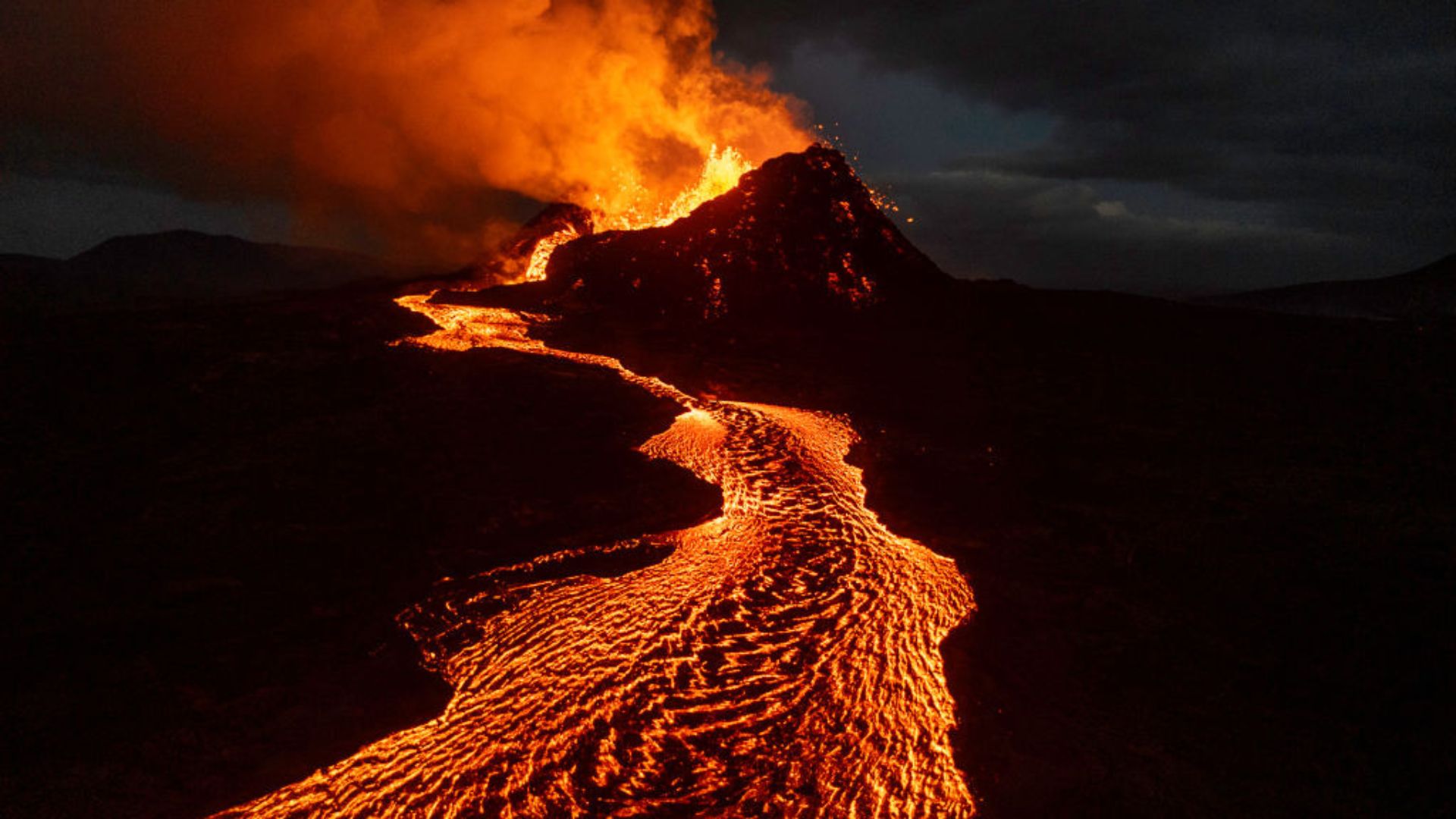
Scientists have long suspected that volcanic islands might contain evidence of lost continents. Jamtveit and his team decided to test this hypothesis in Mauritius as part of a longer research trip in 1999.
The tropical site was great for the study because it was relatively young and would not contain zircon naturally as it is a tough mineral that doesn’t weather easily.
Revealing Something Older

The scientists extracted 20 zircon samples and successfully dated 8 of them by measuring the rate at which the uranium and thorium elements within the samples gradually decay into lead.
“They all revealed ages much older than the age of the Mauritius lavas,” Jamtveit said. “In fact, their ages align with those of known continental rocks in Madagascar, Seychelles, and India.”
Could Mu Exist?

Jamtveit explained that finding zircon older than nine million years on Mauritius would provide strong evidence of the presence of buried continental material.
If these microcontinents lie beneath islands, we cannot rule out the possibility that Mu exists somewhere behind land formed and shaped by volcanic activity.








































